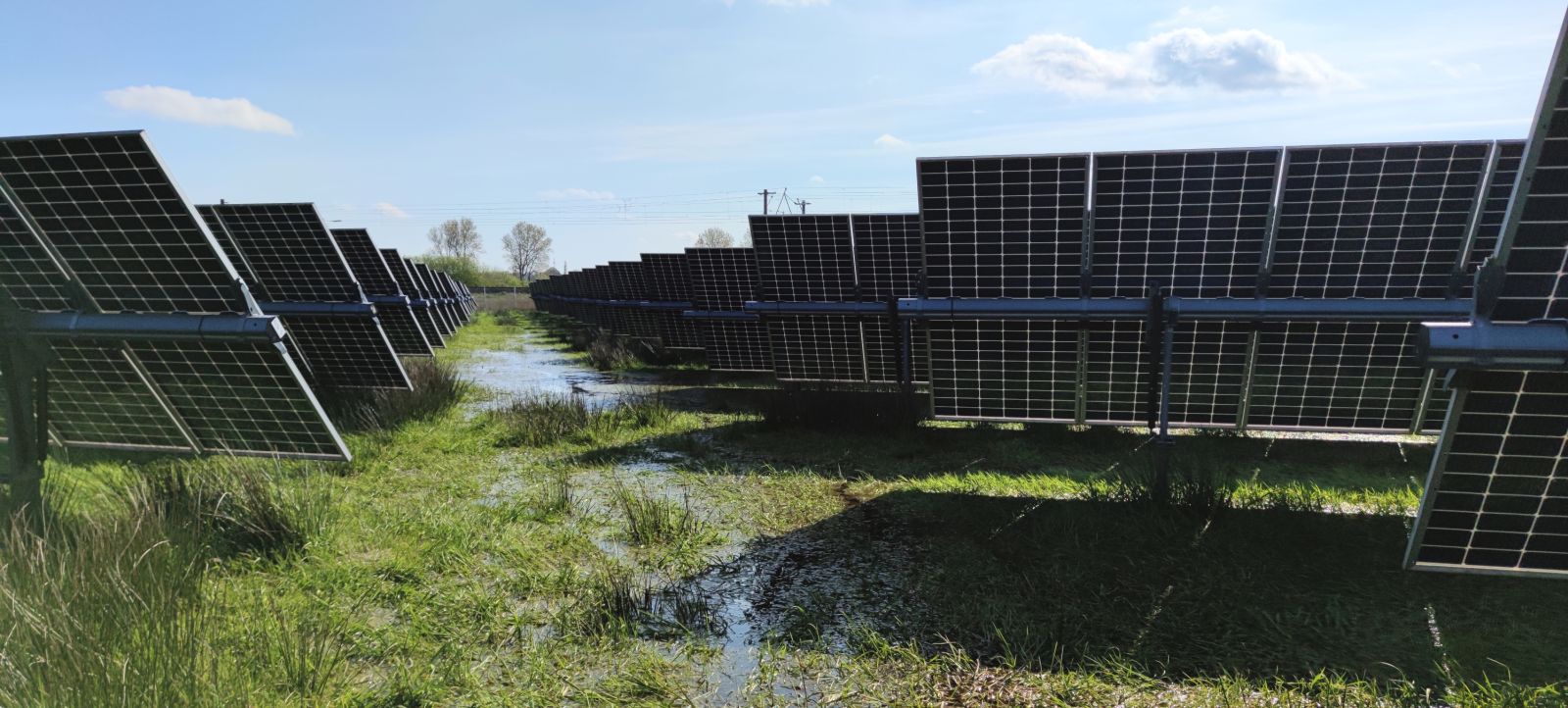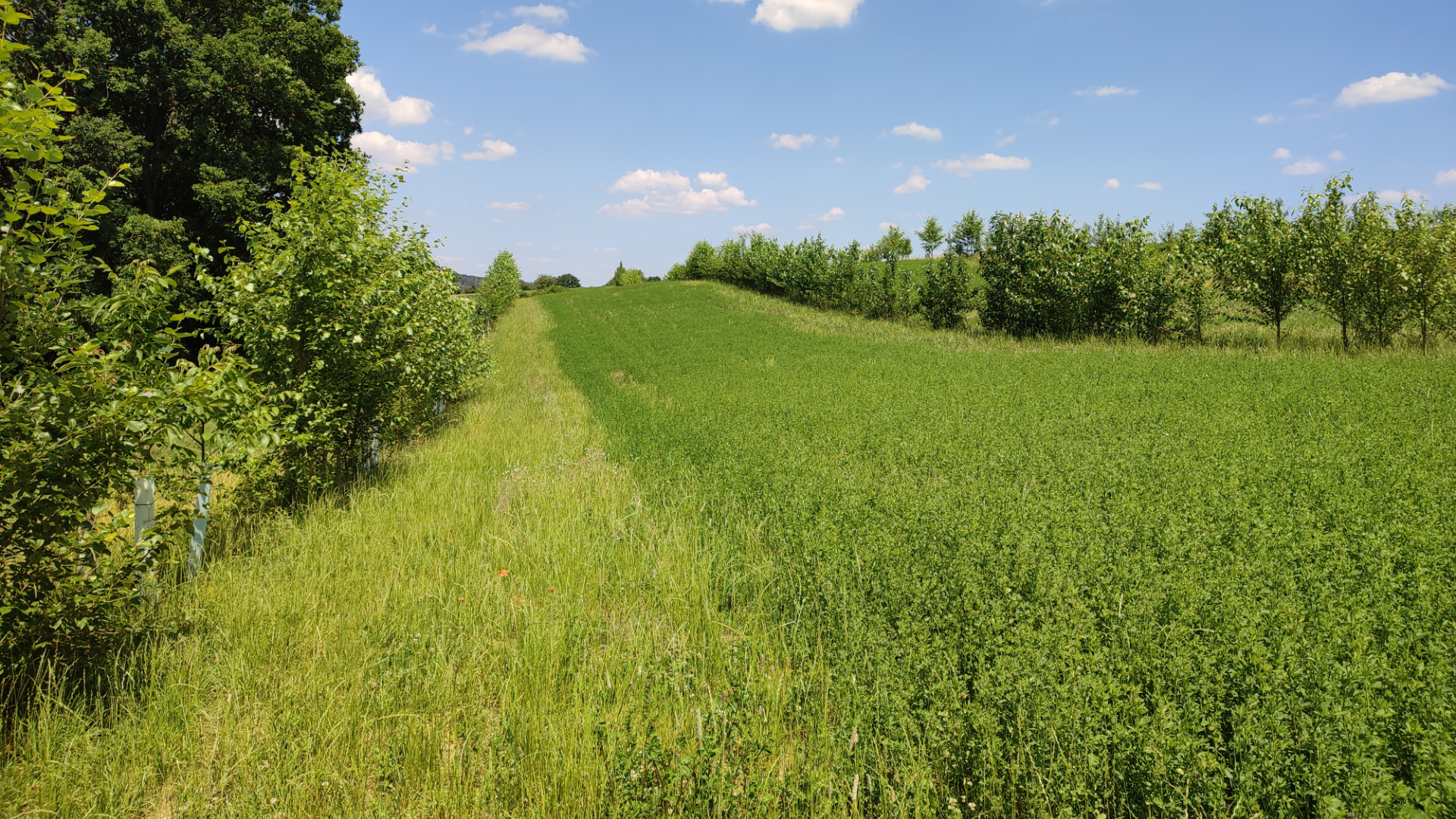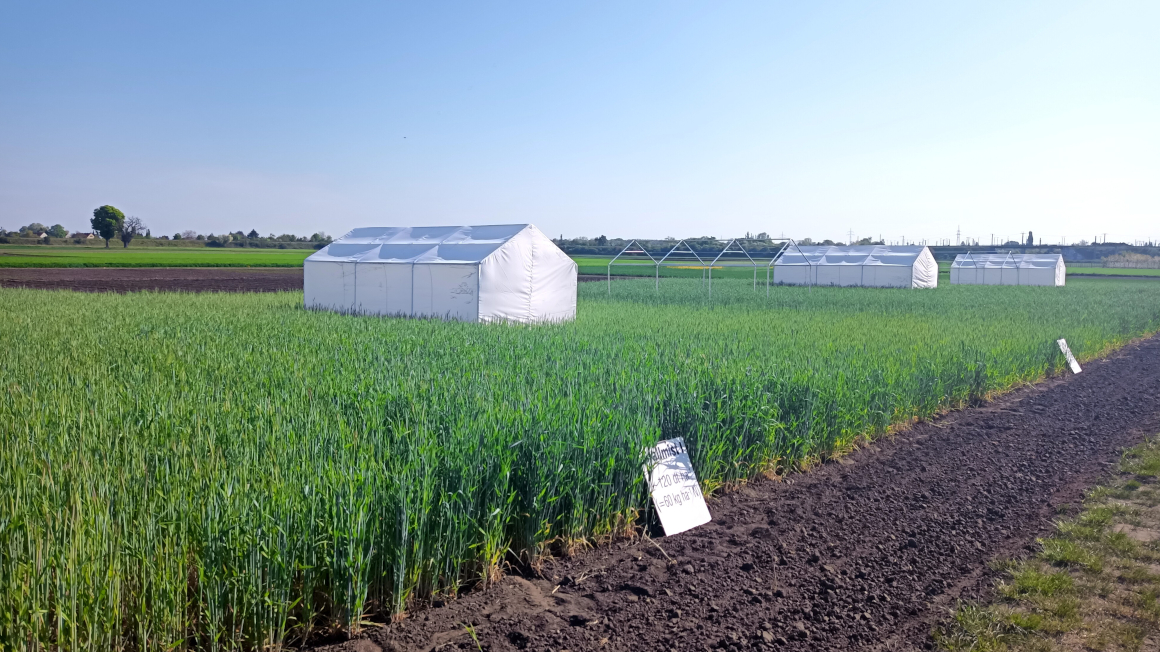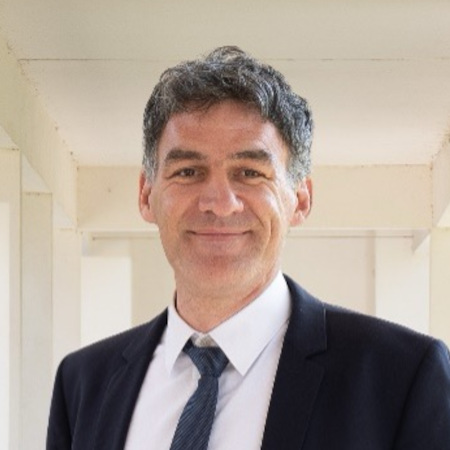Paludiculture under PV systems
Growing biomass on rewetted moors and generating electricity at the same time: the feasibility of this innovative concept is currently being investigated in the MoorPower project.

Producing food on agricultural land and generating electricity at the same time - this concept is not new. So-called agri-photovoltaic systems (agri-PV systems) are already being tested at various locations across Germany. One advantage is that the dual use of agricultural land creates new sources of income for farmers. The MoorPower project is now investigating whether such a concept can also make the rewetting of degraded moorland more attractive for farms. The three-and-a-half-year joint project is being funded by the Federal Ministry of Education and Research with 7 million euros. Researchers from the Universities of Greifswald and Hohenheim, the Johann Heinrich von Thünen Institute and the Fraunhofer Institute for Solar Energy Systems ISE are involved in the project.
Coupling PV and rewetting is uncharted territory
Moor photovoltaics (moor PV) refers to the simultaneous use of rewetted moorland for climate protection and electricity generation. The concept is new and the need for research is therefore considerable. "The parallel planning of the photovoltaic system and rewetting is completely new territory. As part of the project, we want to test the best approach for peatland PV systems through concrete implementation," explains Agnes Wilke, project manager for peatland photovoltaics at Fraunhofer ISE.
Feasibility of peatland PV
The project is investigating whether the construction of PV systems on peat soils is feasible at all with simultaneous rewetting. The aim is to develop recommendations for the concrete implementation of peatland PV. The research is being carried out on a six-hectare area of fenland in Mecklenburg-Western Pomerania that is still used for agriculture. Here, various PV systems in combination with three different conditions of rewetting and their ecological consequences are being investigated. In Lower Saxony, the greenhouse gas balance of photovoltaics on rewetted peatland is being researched on a 200-hectare area on a practical scale.
Impact of shading on paludiculture and soil
The effect of shading by the solar modules on microclimate, soil hydrology, evaporation and peat formation are just some of the aspects that are being clarified in the joint project. At the same time, it is about the possibility of additional agricultural use through paludiculture under PV systems. "There is little shade in natural moors, so shading is unusual for many plants there. The farmer is therefore interested in whether the shade reduces the growth of paludicultures such as cattails and reeds, as these could be harvested as additional income. However, it is also possible that the shade protects the freshly rewetted moors from drying out," reports Andreas Schweiger, plant ecologist at the University of Hohenheim.
bb


